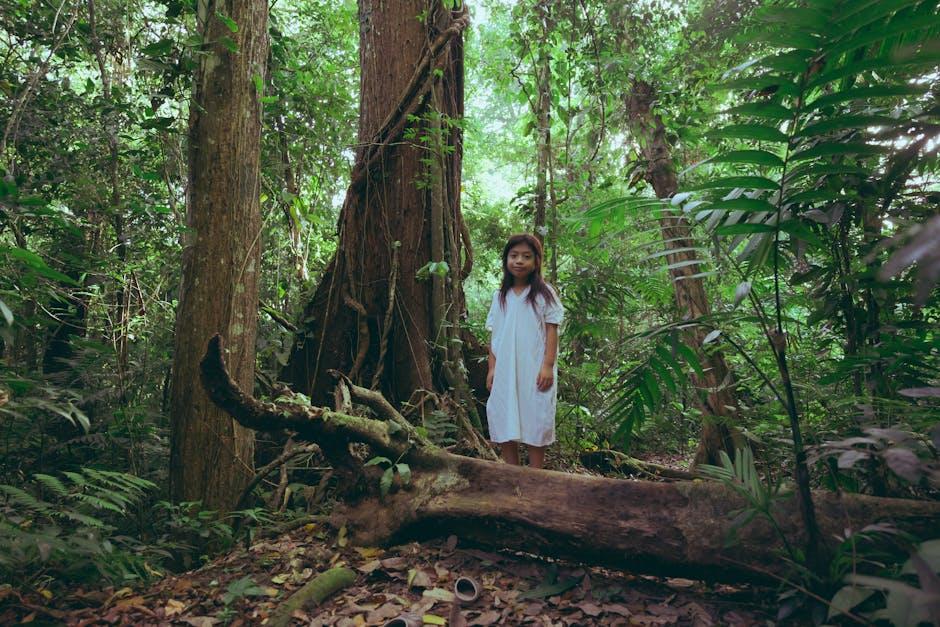Indigenous trees play a crucial role in sustaining biodiversity and supporting ecosystem health. These trees are not only adapted to their specific environments but also provide habitat and resources for a diverse range of plant and animal species. Their presence helps in purifying the air, contributing to a healthier environment for all living organisms. The structural dynamics of indigenous trees further enhance the productivity and sustainability of forests, emphasizing the importance of their conservation and protection. This article will delve into the significant role that indigenous trees play in maintaining biodiversity and ecosystem balance, shedding light on their invaluable contributions to the natural world [1] [2] [3].
Indigenous trees play a crucial role in maintaining the balance and health of ecosystems. These trees have adapted to their specific environments over centuries, making them well-suited to thrive in their natural habitats. By planting and protecting indigenous trees, we can help preserve biodiversity, provide habitat for wildlife, and support the overall resilience of ecosystems.
The cultural significance of indigenous trees cannot be understated. These trees often hold special meaning for indigenous communities, who use them for food, medicine, shelter, and spiritual practices. Protecting indigenous tree species is not only essential for ecological reasons but also for preserving the cultural heritage and traditions of local populations.
There are several strategies for promoting the growth of indigenous trees, such as establishing protected areas, implementing reforestation projects, and educating the public about the importance of these species. By taking action to protect and support indigenous trees, we can help safeguard the health of our planet for future generations.
Q&A
Q: Why are indigenous trees important?
A: Indigenous trees play a crucial role in ecosystems and cultures worldwide. They provide habitat for diverse wildlife, help regulate climate by absorbing carbon dioxide, prevent soil erosion, and support local communities with food, medicine, and resources. Furthermore, indigenous trees hold immense cultural significance for various indigenous communities, symbolizing connections to the past and future generations[2].
Q: How have indigenous communities historically managed forests?
A: Indigenous communities have a rich history of sustainable forest management practices that have been passed down through generations. These traditional methods often involve respecting and understanding the interconnectedness of all living things in the forest, promoting biodiversity, and carefully harvesting resources to ensure long-term sustainability. By learning from these centuries-old practices, woodland residents can offer valuable insights into restoring and preserving damaged rainforests[1].
Q: What is the significance of the Tree of Life in indigenous cultures?
A: The Tree of Life holds deep symbolic meaning in indigenous cultures. Its roots symbolize a connection to ancestors and past generations, while its branches represent future generations and the continuity of life. The Tree of Life serves as a powerful symbol of interconnection, continuity, and the sacred balance of life in many indigenous traditions[3].
Conclusion
it is evident from various sources that the importance of indigenous trees in our environment cannot be overstated. Native trees play a crucial role in filtering pollution, supporting local wildlife, and maintaining healthy ecosystems. By planting and preserving indigenous trees, we contribute to the overall well-being of our environment and the planet as a whole. It is essential to recognize and appreciate the value that native trees bring to our surroundings, and to continue efforts to protect and promote their growth for the benefit of present and future generations.[1] [3]
Simpsons Tree Services, Servicing Melbourne’s North Eastern Suburbs
Book a quote online at www.simpsonstrees.com.au




